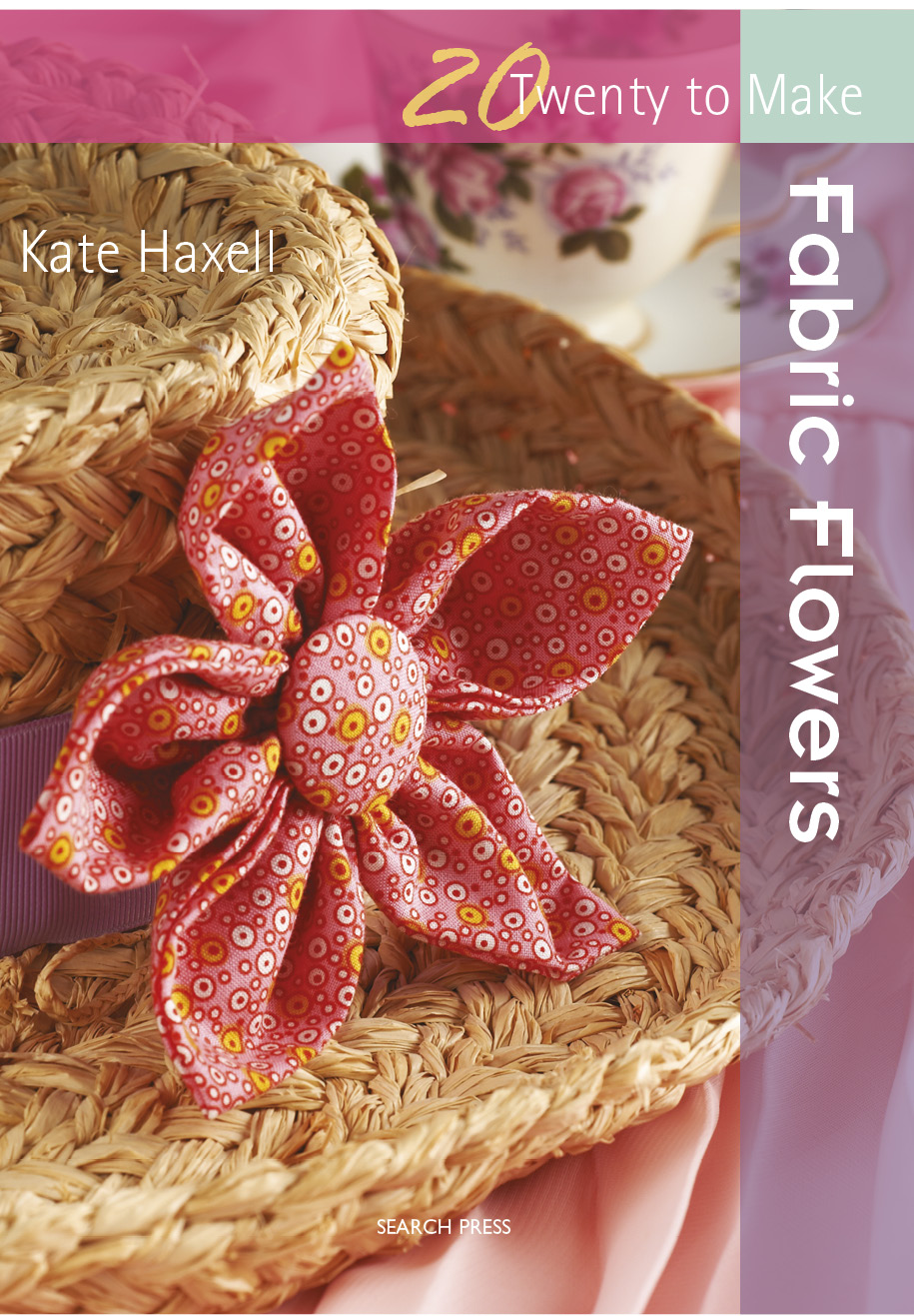

Kate Haxell learned to sew at an early age, making clothes for her long-suffering teddy bears. She went on to study art and design and then worked for Country Living magazine. She moved into book publishing and, as an experienced freelance editor and author, Kate has worked on, contributed to and written numerous craft books. She lives in London with her husband, two dogs, two cats and a canary.

First published in Great Britain 2011
Search Press Limited
Wellwood, North Farm Road,
Tunbridge Wells, Kent TN2 3DR
Reprinted 2012
Text copyright Kate Haxell 2011
Photographs by Debbie Patterson at Search Press Studios
Photographs and design copyright Search Press Ltd 2011
All rights reserved. No part of this book, text, photographs or illustrations may be reproduced or transmitted in any form or by any means by print, photoprint, microfilm, microfiche, photocopier, internet or in any way known or as yet unknown, or stored in a retrieval system, without written permission obtained beforehand from Search Press.
Print ISBN- 978 1 84448 699 1
EPUB ISBN- 978-1-78126-039-5
Kindle ISBN- 978-1-78126-094-4
PDF ISBN- 978-1-78126-148-4
The Publishers and author can accept no responsibility for any consequences arising from the information, advice or instructions given in this publication.
Readers are permitted to reproduce any of the items in this book for their personal use, or for the purposes of selling for charity, free of charge and without the prior permission of the Publishers. Any use of the items for commercial purposes is not permitted without the prior permission of the Publishers.
Suppliers
If you have difficulty in obtaining any of the materials and equipment mentioned in this book, then please visit the Search Press website for details of suppliers:
www.searchpress.com
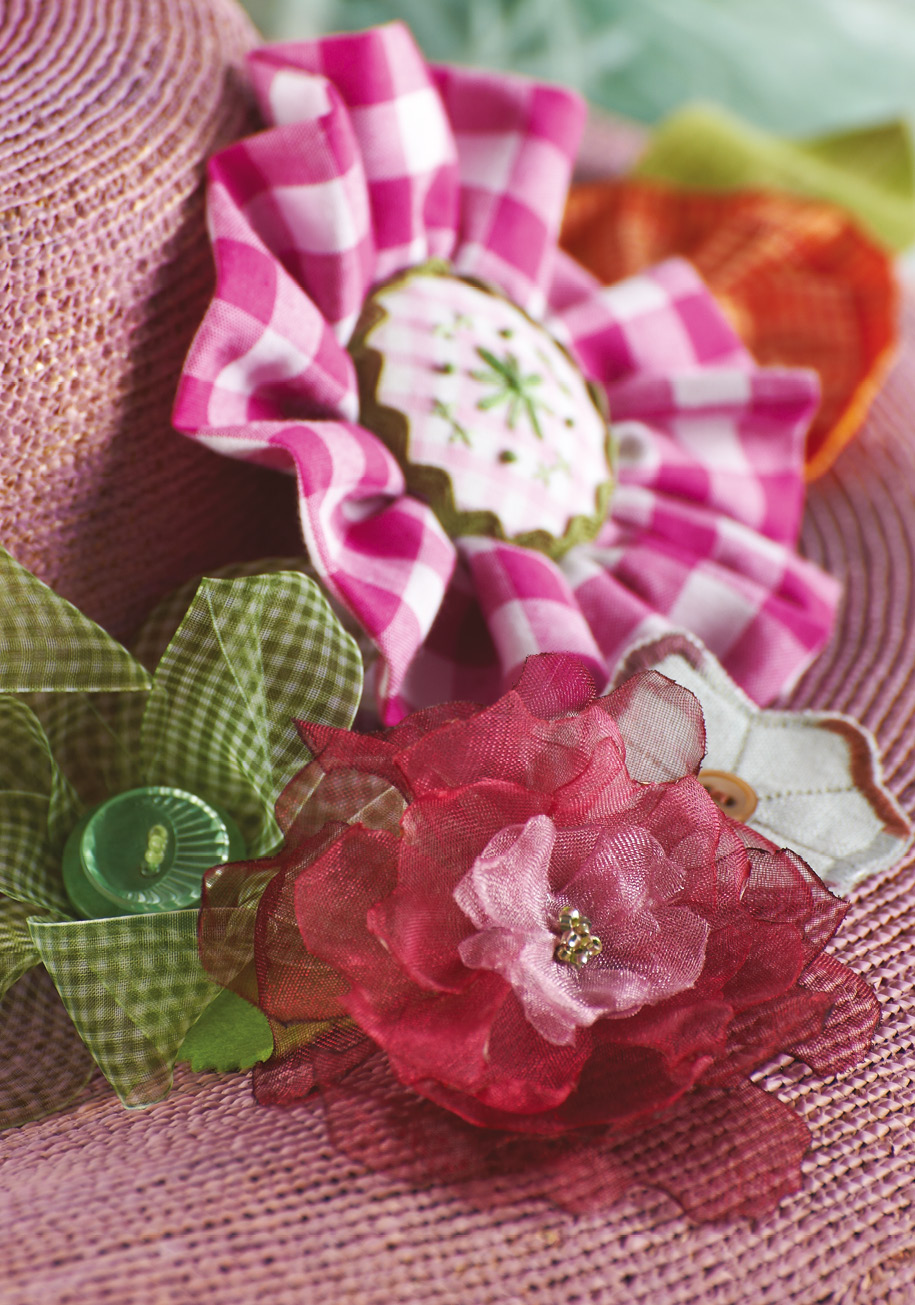
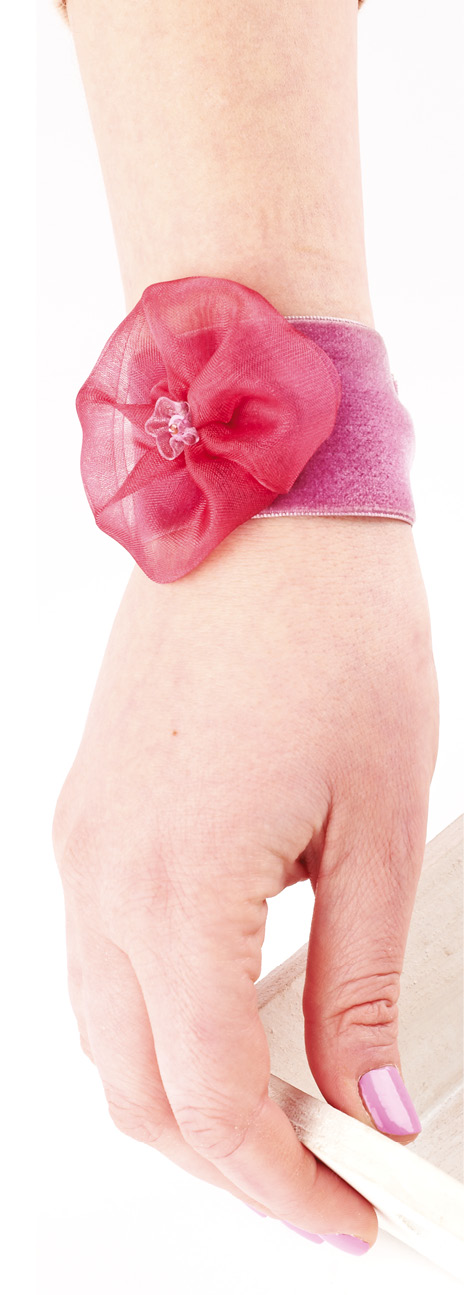
Contents
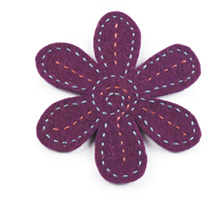 Introduction
Introduction
All round the world, flowers are symbols of beauty and grace. From wedding roses to wild wood violets and from colourful, enthusiastic hollyhocks to tall, elegant orchids, flowers are always admired. While we cant always have fresh flowers, we can have a constant echo of their charm with a gorgeous fabric flower to perfectly complement whatever were wearing!
This book contains twenty fabulous flowers, all easy to make and designed to suit all sorts of tastes and styles. Choose from a pinked flower in fabulous fabrics to ornament a hairclip , a sparkling creation to pin to a clutch bag, plus many more. Attach them to shoe clips to make the most of ballet flats, to hats, to a bag to add instant detail, or to curtain tiebacks for interior style. You will need to add the required finding to turn the flower into the finished piece you want (see below).
You need no special skills to make the flowers and stitch instructions are included (see instructions on ). Where appropriate, templates are supplied. Simply enlarge them on a photocopier by the amount stated and cut them out. Many of the flowers need only scraps of fabric, so a raid of your stash will produce just what you need. Most of the flowers can be made in an afternoon, so there is no excuse for not having a corsage that perfectly complements the dress you are wearing that night!
Sew-on findings
Using a hand-sewing needle and doubled sewing thread, sew the finding to a suitably sized felt circle, positioning it off-centre. If the flower is made from substantial, opaque fabric and has more than one layer, use single thread and blanket stitch (see instructions on ), to sew the felt circle to the back of the flower, with the finding towards the top. If the stitches will show on the front of the flower, attach it using a craft glue that dries clear instead.
Stick-on findings
Either blanket stitch or glue a felt circle to the back of the flower, towards the top. Choose a strong, fast-drying glue appropriate to the materials you are using and glue the finding to the felt circle.
Permanent attachments
If the flower is to be permanently attached to an item (for example, a tieback or a bag), do not use a finding. Blanket stitch or glue a felt circle to the back of the flower, then sew the felt circle directly on to the item.
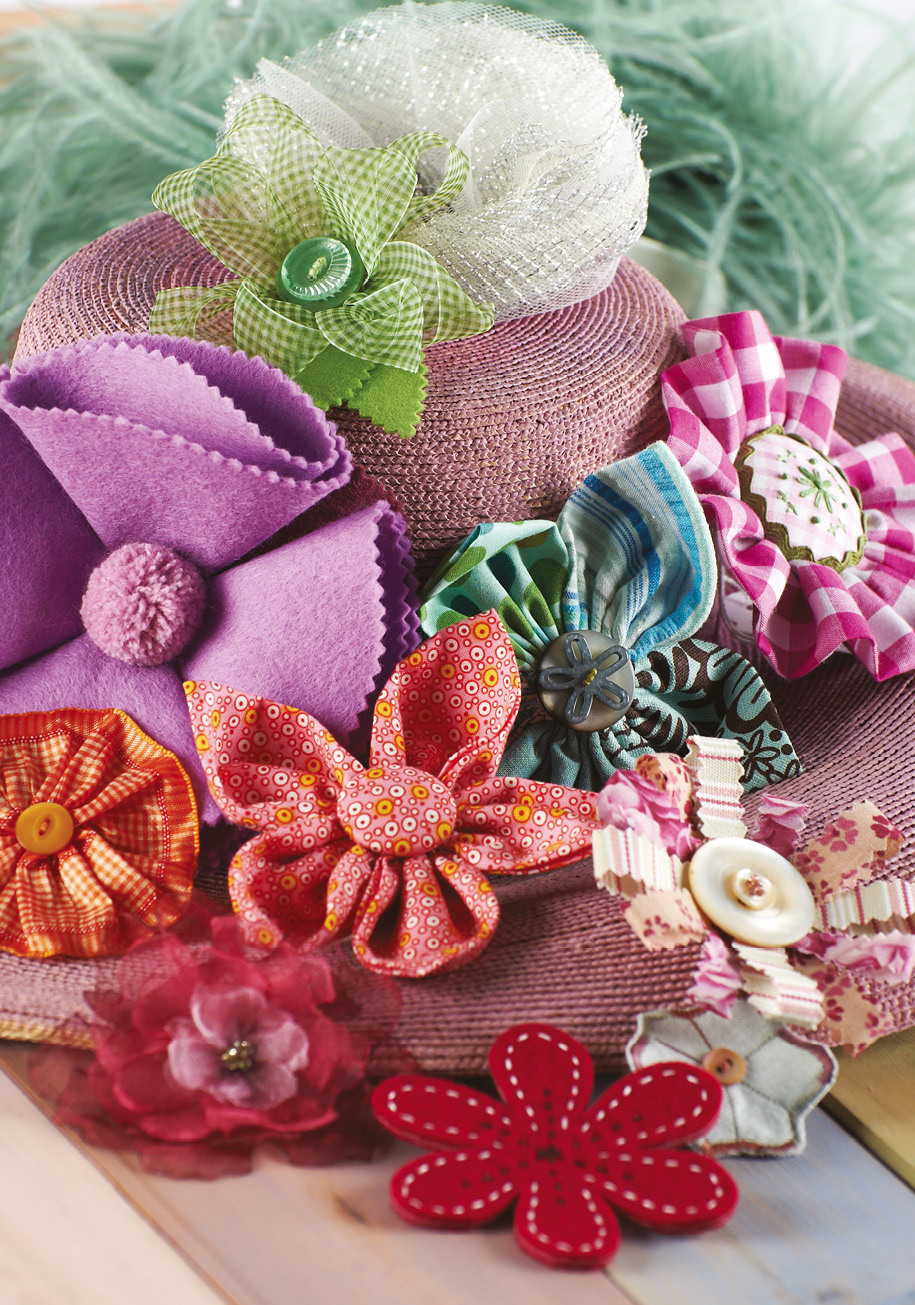
Stitches
Back stitch
Secure the thread on the back of the fabric. Bring the needle through the fabric and take a short backwards stitch on the stitching line. Bring the needle through a stitch length in front of the first stitch. Take the needle down where it first came through.

Stab stitch

Secure the thread and bring the needle up from the back of the fabric.

Stab the needle straight back down, very close to where it came up.
Slip stitch

Secure the thread inside the fold of the hem. Bring the needle up through the hem and take it through just two or three threads on the back of the fabric.

Take the needle back into the hem, making a short stitch through the fold.

Continue in this way, pulling the thread gently to tighten the stitch, but not so hard as to pucker the fabric.
Blanket stitch

Secure the thread on the back of the fabric. From the front, take the needle down through the fabric on the stitching line. Loop the working thread under the point of the needle.

Carefully pull the needle through and tighten the stitch. Continue in this way, tightening each stitch so that a strand of thread lies along the edge of the fabric or motif.


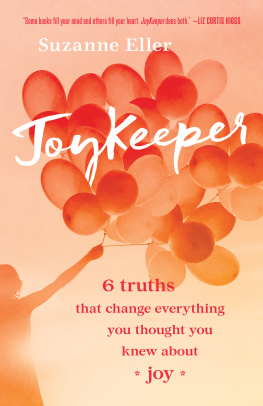
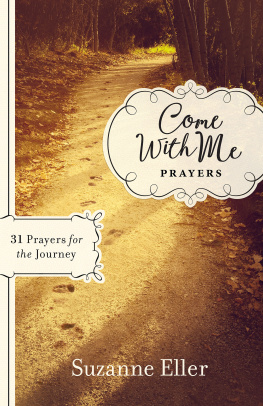
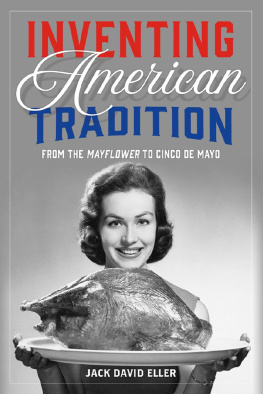
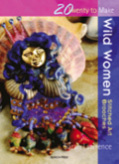

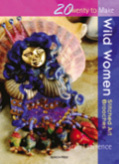
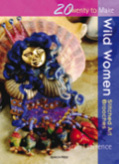
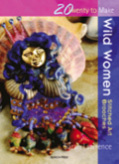

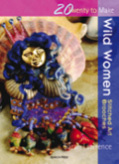

![Eller - The gluten free gourmand : [a little cookbook]](/uploads/posts/book/92634/thumbs/eller-the-gluten-free-gourmand-a-little.jpg)





 Introduction
Introduction







